In today’s competitive market, effective packaging design is crucial for catching the consumer’s eye and creating a memorable brand experience. Whether you are launching a new product or revamping an existing one, thoughtful packaging design can significantly impact your product’s success. Here are 10 tips to help you design packaging that stands out, resonates with customers, and complements your brand identity.
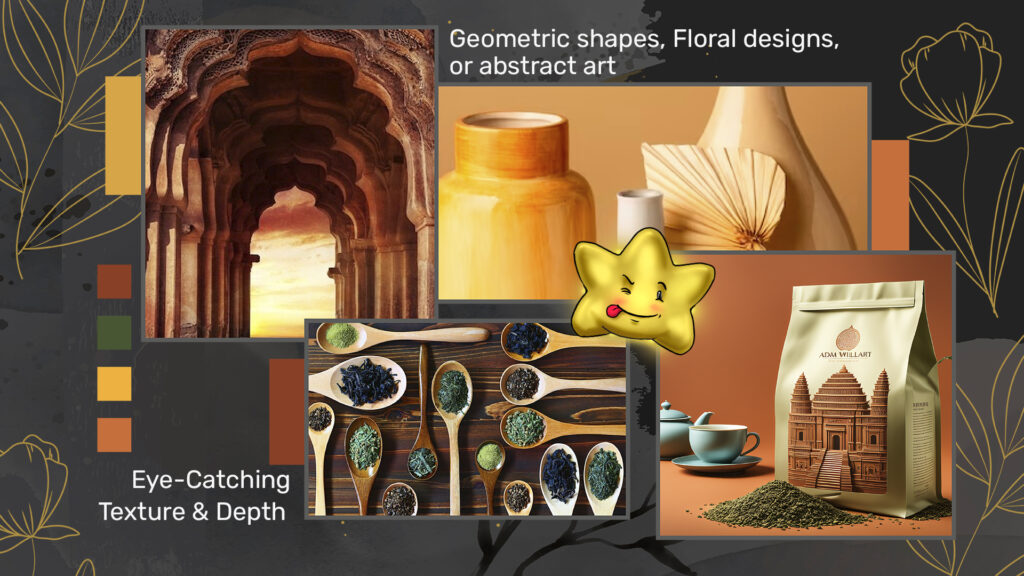
1. Use Patterns
Patterns can transform a simple package into an eye-catching masterpiece. By incorporating repetitive designs, you can create a cohesive and visually appealing look that stands out on the shelf. Patterns add texture and depth, making the product more attractive. Whether it’s geometric shapes, floral designs, or abstract art, patterns can evoke various emotions and create a strong visual identity for your brand.
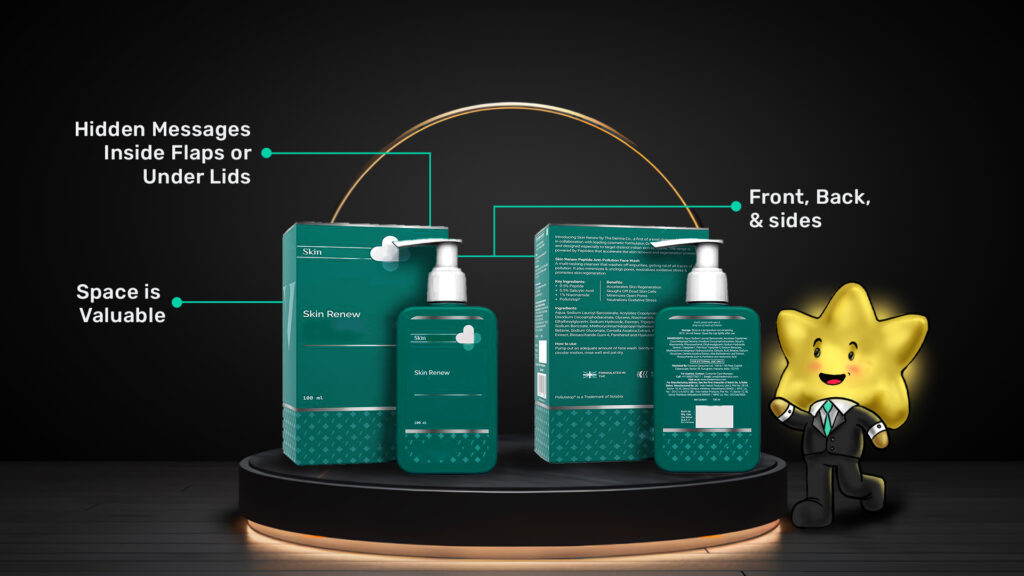
2. Consider All Available Space
When designing packaging, every inch of space is valuable. Utilise all available surfaces to convey your message, whether it’s the front, back, sides, or even the interior. This approach ensures that customers receive a complete experience from unboxing to using the product. For example, hidden messages inside flaps or under lids can surprise and delight customers, enhancing their overall experience.
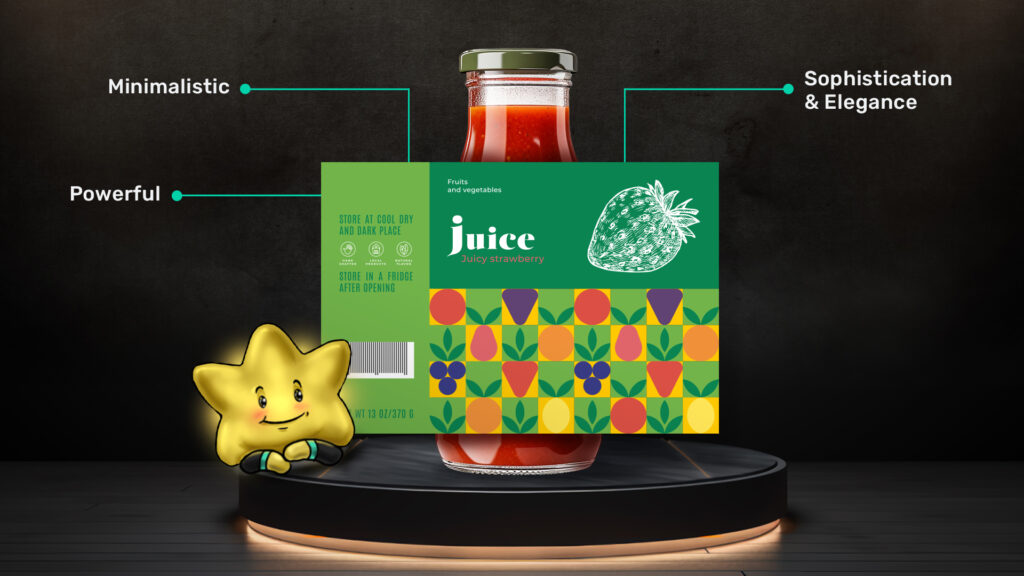
3. Don’t Be Afraid of Simplicity
Simplicity in packaging design can be incredibly powerful. A clean and minimalistic design often communicates sophistication and elegance. It allows the product itself to take centre stage without overwhelming the consumer with too much information. Simple designs are often more memorable and can convey a sense of luxury and quality. Think of iconic brands like Apple, whose minimalist packaging has become a hallmark of their brand identity.
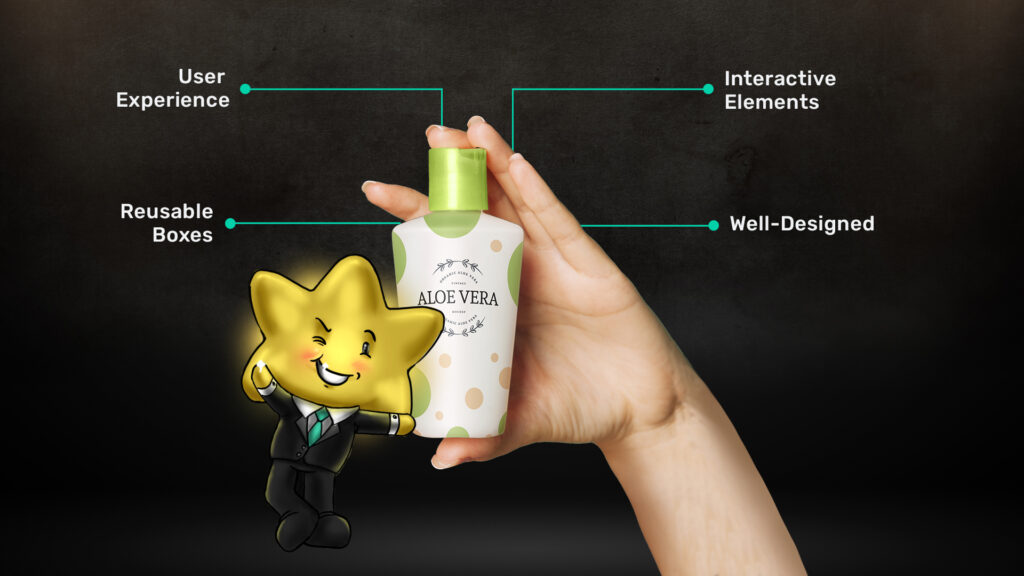
4. Think About the Experience
Packaging is not just about aesthetics; it’s about the entire user experience. Consider how the customer interacts with your product from the moment they see it on the shelf to when they unbox it at home. Thoughtful touches like easy-open tabs, reusable boxes, or interactive elements can significantly enhance the user experience. A well-designed package can create a memorable and enjoyable unboxing experience, leading to positive word-of-mouth and repeat purchases.
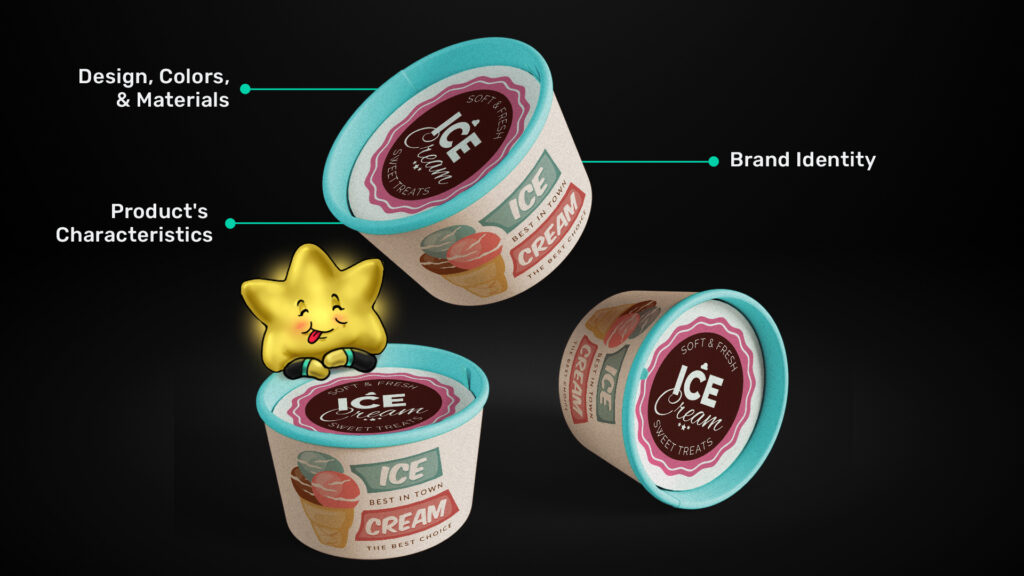
5. Complement the Product
Your packaging should reflect the product it contains. The design, colors, and materials should all align with the product’s characteristics and brand identity. For example, eco-friendly products should use sustainable packaging materials, while luxury items might benefit from high-quality, elegant packaging. This coherence helps reinforce the brand message and makes the product more appealing to the target audience.
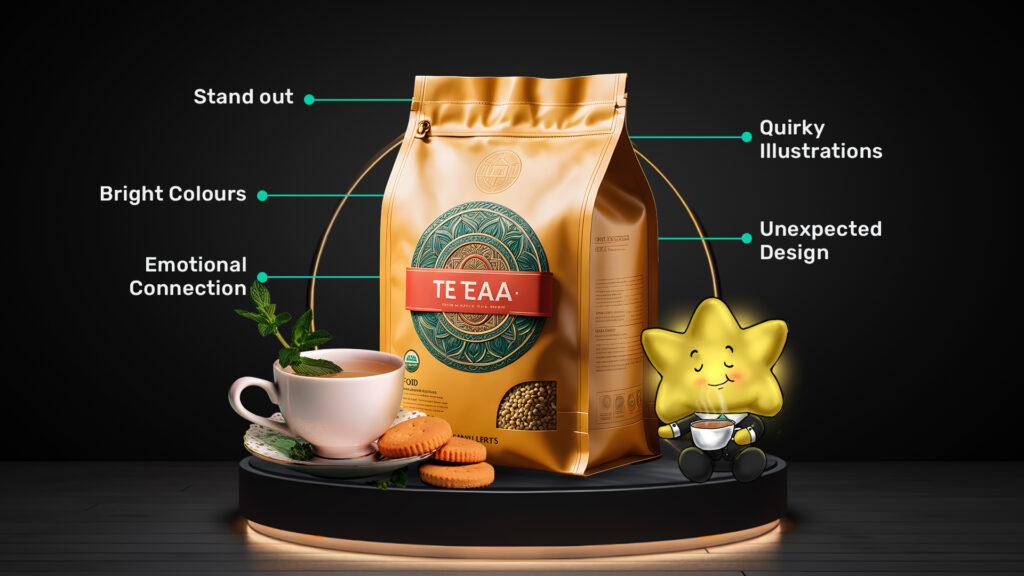
6. Be Playful
Adding a touch of playfulness to your packaging can make your product stand out. Fun elements like bright colours, quirky illustrations, or unexpected design features can capture attention and create a memorable impression. Playfulness can also enhance the emotional connection between the consumer and the product, making it more likely that they will choose your brand over competitors.
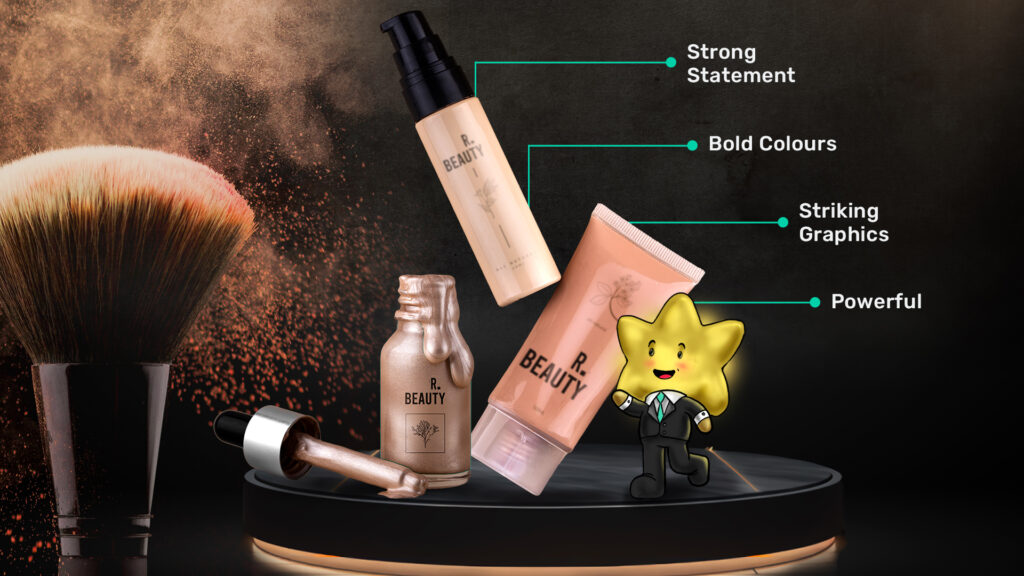
7. Be Bold
Bold packaging design can make a strong statement and set your product apart from the competition. Bold colours, striking graphics, and unconventional shapes can create a powerful visual impact. Don’t be afraid to take risks and push the boundaries of traditional design. A bold approach can create a sense of excitement and curiosity, encouraging customers to pick up and explore your product.
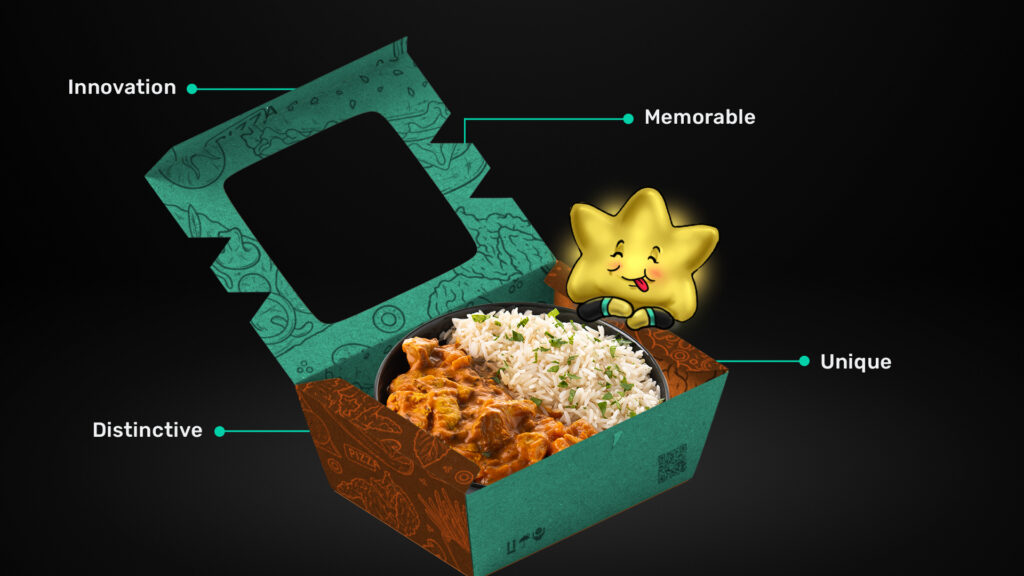
8. Break the Mould
Innovation is key in packaging design. Breaking away from traditional packaging norms can make your product more distinctive and memorable. Consider unique shapes, materials, or opening mechanisms that differentiate your product from others on the market. Innovative packaging can also provide functional benefits, such as improved product protection or enhanced usability.
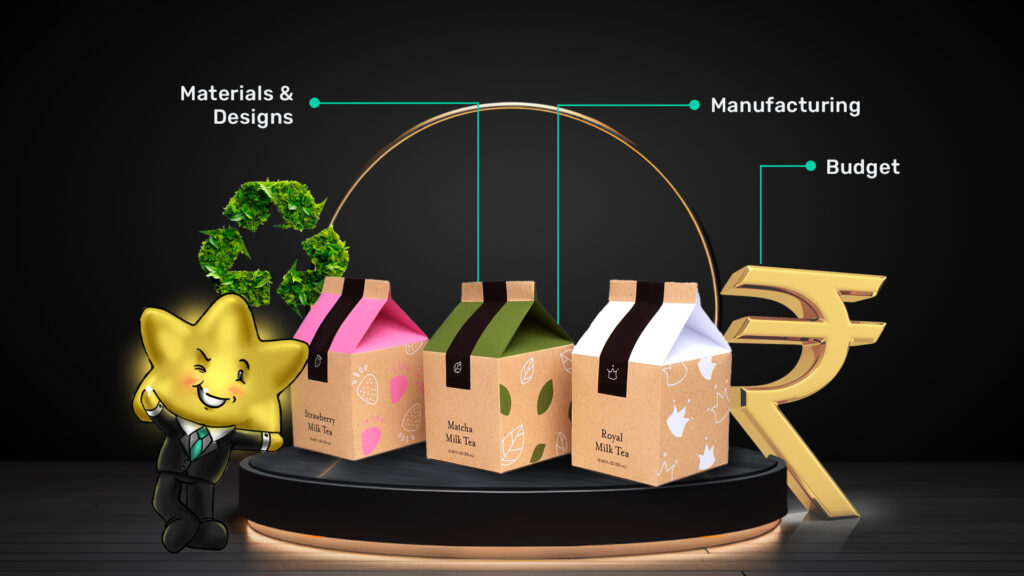
9. Consider the Process
When designing packaging, it’s essential to consider the production process. Choose materials and designs that are feasible within your budget and manufacturing capabilities. Efficient and cost-effective packaging can help reduce waste and production costs. Additionally, considering the entire supply chain, from manufacturing to shipping to shelf display, ensures that your packaging is practical

10. Create your own style
create your own style it involves unique visual language for your packaging. This can include custom illustrations, distinctive typography, or a consistent colour palette that reflects your brand’s identity. Stylization helps create a cohesive and recognisable look that can strengthen brand loyalty. It also allows for creative expression and can make your packaging more visually appealing and memorable.
Conclusion
Effective packaging design is a crucial element in the success of a product. By incorporating these 10 tips such as patterns, considering all available space, embracing simplicity, focusing on the user experience, complementing the product, being playful, bold, innovative, and thoughtful about the production process, and using stylisation, you can create packaging that stands out and resonates with consumers. These 10 tips can help you develop packaging that not only attracts attention but also enhances the overall customer experience, leading to increased brand loyalty and sales





